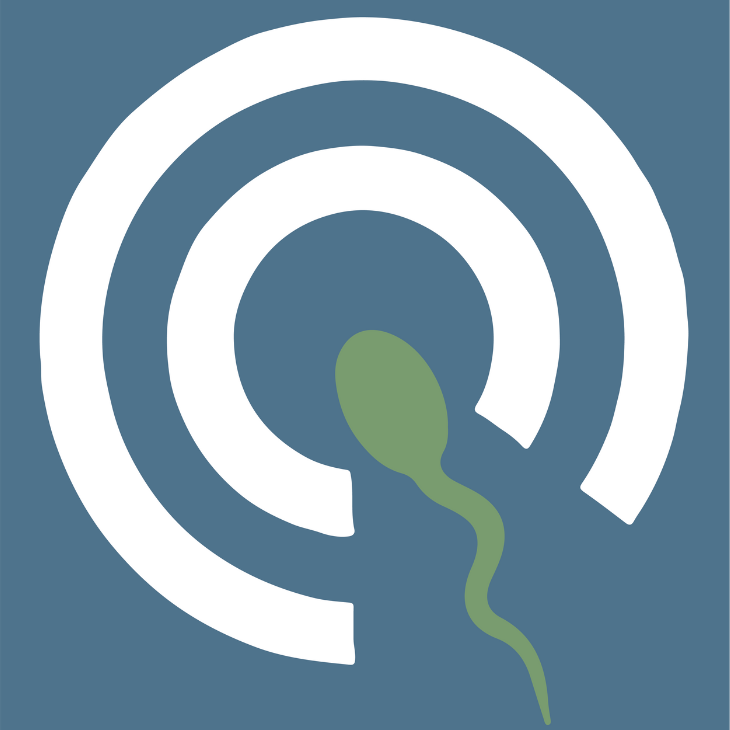
Endometriyal ablasyon nedir?
Uterusun yani rahmin iç tabakasına endometrium denir. Endometriyal ablasyon, rahmi kaplayan iç dokuyu tahrip eden veya çıkaran bir prosedürdür. Kimler endometrial ablasyona ihtiyaç duyar? Adet dönemleriniz fazla kanamalı veya çok uzun sürüyorsa, sağlık hizmeti sunanlar daha hafif bir adet dönemi geçirmenizi sağlayacak ilaçlar verebilir. Eğer ilaçlar işe yaramaz ise, bu sunucular size endometriyal ablasyon önerebilir.
Kimlere endometriyal ablasyon uygulanmamalıdır?
Gebe, ileride çocuk sahibi olmak isteyen veya menopozal dönemde olan kadınlar bu işlemi yaptırmamalıdır. Rahim içi kontraseptif aracınız varsa endometriyal ablasyondan önce aldırmalısınız. Kanserli olmayan veya kanser öncesi oluşumlar endometrial ablasyon ile tedavi edilemez. Teşhis edilmemiş kanaması ve kanser şüphesi olan kadınlara endometrial ablasyon yapılmamalıdır.
Endometriyal ablasyon âdet kanamalarımı hafifletir mi?
10 kadından yaklaşık 9’u endometriyal ablasyondan sonra daha hafif adet dönemleri geçirir veya hiç adet görmez. Bununla birlikte, adetleriniz birkaç yıl sonra ağırlaşabilir ve uzayabilir. Bu durum meydana gelirse ve kanama rahatsız edici boyutlardaysa veya sorunlara neden oluyorsa rahminizi aldırmanız gerekebilir. Bu işleme histerektomi denir.
Endometriyal ablasyon nasıl yapılır?
İşlemden birkaç hafta önce doktorunuz size rahmin iç yüzeyini incelten ilaçlar verebilir. Endometrial ablasyondan önceki gece prosedür için kullanılan aletlerin rahme yerleştirilmesini kolaylaştırmak için başka ilaçlar da almanız gerekebilir. Endometriyal ablasyon, doktor muayenehanesinde veya ameliyathanede, anestezi olmadan veya lokal, hafif anestezi ile yapılabilir. Rahminizdeki sinirler sıcağı, soğuğu veya elektriksel uyarıyı hissedemez. Endometriyal ablasyon genellikle bu teknolojilerden biri kullanılarak gerçekleştirilir. Prosedürden sonra kramp veya başka rahatsızlıklarınız olabilir, ancak çoğu kadın prosedürün kendisiyle ilişkili ağrı hissetmez.Elektrocerrahi, balon ablasyonu, bipolar radyofrekans ablasyonu ve kriyoablasyon dahil olmak üzere çeşitli endometriyal ablasyon türleri vardır. Elektrocerrahi hastane ameliyathanesinde gerçekleştirilir. İşlem sırasında doktorunuz sizi işlemden haberdar etmemek ve/veya rahatsızlığınızı azaltmak için ya size ağır bir sakinleştirici uygulayacak ya da damarlarınızdan ilaçlar verecektir. Doktor, histeroskopi adı verilen ışıklı bir teleskop kullanarak rahminizin içini inceleyecektir. Doktor daha sonra, endometriyumu tahrip etmek için elektrik akımı olan bir alet kullanacaktır.
Aşağıdaki endometriyal ablasyon prosedürleri genellikle hastanenin ameliyathanesinde yapılır, ancak doktorunuzun muayenehanesinde de yapılabilir:
- Balon endometriyal ablasyon. Bu prosedürde, doktor rahme esnek bir balon yerleştirir. Balon daha sonra endometriyuma yaslanır ve endometriyumu tahrip etmeye yetecek miktarda sıcak sıvı ile doldurulur.
- Bipolar radyofrekans. Doktor rahme ince bir çubuk veya sonda yerleştirir. Cihaz açıldığında endometriyumu tahrip etmek için kısa enerji dalgaları yayar.
- Kriyoablasyon. Doktor rahmin içine çok küçük bir sonda yerleştirir. Çok düşük bir sıcaklığa soğutulur, böylece donarak endometriyumu tahrip eder.
Bu riskli bir işlem mi?
Bir endometriyal ablasyon prosedürü sırasında zarar görmeniz olası değildir. Bununla birlikte, prosedür sırasında meydana gelebilecek birkaç ciddi yaralanma vardır. Endometriyal ablasyon için kullanılan cihazlar rahminizi delebilir. Bu durum bağırsaklarınız, mesaneniz, sinirleriniz veya kan damarlarınız gibi rahmin yakınındaki diğer organlarda sorunlara veya ciddi kanamalara yol açabilir. Bu teknolojilerin bazıları için kullanılan sıvılar sızabilir ve yanıklara neden olabilir. Elektrocerrahi için kullanılan sıvı, vücudunuzda çok fazla veya az tuz bulunmasına neden olan elektrolit dengesizliğine neden olabilir. Histerektomi de dahil olmak üzere daha fazla cerrahiye ihtiyaç duyulabilir.
Hâlâ bir rahminiz var! Bu şu anlama gelmektedir...
Endometrial ablasyon sadece rahminizin iç yüzeyini kaldırır. Hâlâ bir rahminiz var; ancak, gebe kalmanız olası değildir. Bu nedenle gebe kalmak istemiyorsanız ek bir korunma yöntemi kullanmanız gerekmektedir. Eğer menopozal dönemdeyseniz ve hormon tedavisi alıyorsanız, hormon tedaviniz bir progestojen (progesteron veya progestin olarak da adlandırılır) içermelidir. Progestojenler, rahminizde kanser gelişme riskini azaltır. Nadir de olsa bazı araştırmalar, endometriyal ablasyondan sonra rahim kanserini teşhis etmenin daha zor olabileceğini öne sürmüştür.
Bir kadın dış gebelik geçirdikten sonra hamile kalmakta zorlanıyorsa, fertilitenin değerlendirilmesi testleri ve infertilite tedavisi şansını artırabilir.
Turkish Fact Sheets
View more fact sheets and booklets written by the ASRM Patient Education Committee and translated by the Turkish Society of Reproductive Medicine.Find a Health Professional
Connect with reproductive medicine experts who will guide you through your unique journey. Our search tool allows personalized matches based on location, specialization, and expertise. Take control of your reproductive health with compassionate providers, innovative treatments, and unwavering support.
Search for an Expert
Abnormal Uterine Bleeding
More on the topic of Abnormal Uterine Bleeding












